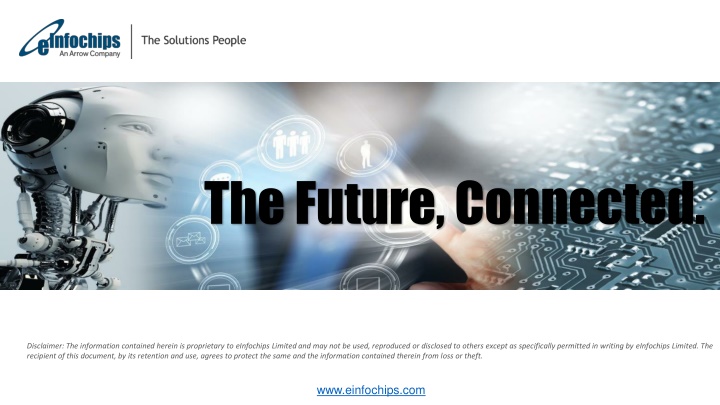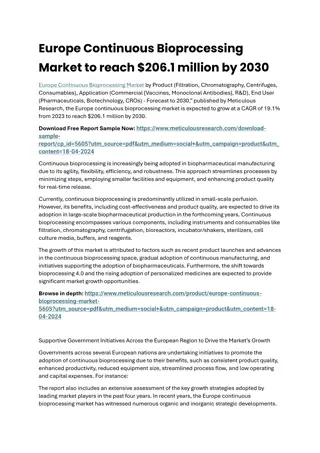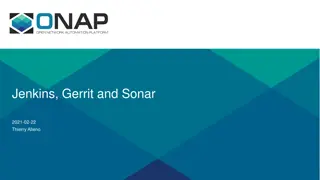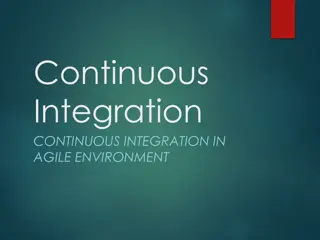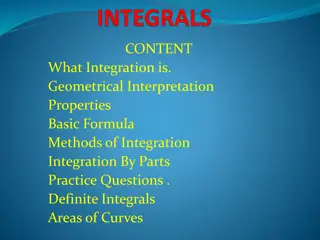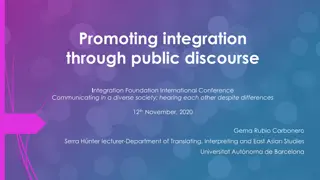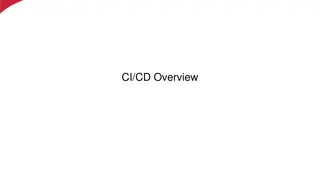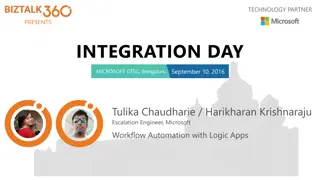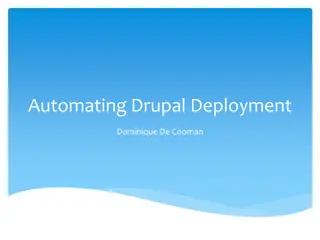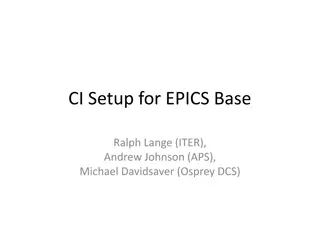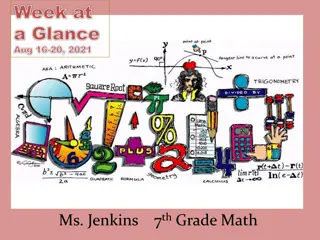Continuous Integration and Jenkins: Revolutionizing Development Practices
Delve into the world of Continuous Integration (CI) and Jenkins to streamline software development processes, enhance reliability, and accelerate delivery timelines. Learn about the challenges faced before CI implementation and how it transforms collaboration among developers and testers. Explore the significance of CI in ensuring efficient code integration, automated testing, and swift bug identification. Discover the impact of CI on software delivery efficiency and quality assurance
Download Presentation

Please find below an Image/Link to download the presentation.
The content on the website is provided AS IS for your information and personal use only. It may not be sold, licensed, or shared on other websites without obtaining consent from the author.If you encounter any issues during the download, it is possible that the publisher has removed the file from their server.
You are allowed to download the files provided on this website for personal or commercial use, subject to the condition that they are used lawfully. All files are the property of their respective owners.
The content on the website is provided AS IS for your information and personal use only. It may not be sold, licensed, or shared on other websites without obtaining consent from the author.
E N D
Presentation Transcript
The Future, Connected. Disclaimer: The information contained herein is proprietary to eInfochips Limited and may not be used, reproduced or disclosed to others except as specifically permitted in writing by eInfochips Limited. The recipient of this document, by its retention and use, agrees to protect the same and the information contained therein from loss or theft. www.einfochips.com
JENKINS FOR CONTINUOUS INTEGRATION
Agenda 1) What is Continuous Integration? 2) Problems before Continuous Integration 3) Continuous Integration to the rescue 4) What is Jenkins? 5) Job creation and other build options 6) Different Master Slave Configurations in Jenkins 7) Demo 3
WHAT IS CONTINUOUS INTEGRATION Continuous Integration (CI) is the practice of integrating changes from different developers in the team into a mainline as early as possible, in best cases several times a day. This makes sure the code individual developers work on doesn t divert too much. When you combine the process with automated testing, continuous integration can enable your code to be dependable.
PROBLEMS BEFORE CONTINUOUS INTEGRATION Developer1 Source Code Repo Difficult Integration Developer2 Developer3 Late Late Notification of bugs Acceptance Testing This all leads to late releases
PROBLEMS BEFORE CONTINUOUS INTEGRATION Problems for Developers: Developers have to wait till the Complete Software is developed for the test results. If the test fails then locating & fixing bugs is very difficult. Developers have to check the entire code of the software. Software delivery process was slow
PROBLEMS BEFORE CONTINUOUS INTEGRATION Problems for Testers: i) Testers had to do the whole redundant work of testing again and again. ii) Human tendency to overlook a few things if something is done again and again
Continuous Integration to the Rescue Developer1 Source Code Repo Developer2 Build Developer3 Build triggered for every commit Acceptance Tests Notification of bugs through mail Continuous Feedback CI Server
Continuous Integration to the Rescue Before CI i) The Entire Source Code was built and then tested ii) Developers have to wait for test results After CI i) Every commit made in the source code is built and tested ii) Developers know the test result of every commit made in the source code on the run iii) Continuous Feedback is present iii) No Continuous Feedback 9
WHAT IS JENKINS? Jenkins is a self-contained, open source automation server which can be used to automate all sorts of tasks related to building, testing, and delivering or deploying software. A variety of plugins are available for this. Jenkins supports version control tools, including CVS, Subversion, Git, etc. Jenkins can be installed from Linux/Windows packages or you can download and run the application from Web Application Archive (WAR) files. Builds can be triggered by various means for e.g by commit in a version control system like git.
Job creation, build options and other configurations Job: particular task or step in your build process. Build Triggers: Trigger a job when some changes are made and committed Trigger remotely using Authentication Token Build Periodically (Nightly Builds) Pre Build Actions and Post Build Actions Jobs A->B->C Either in Post Build Actions of A mention to trigger B and C ORinPre Build Actions of B and C mention to trigger after A 12
Job creation, build options and other configurations Admin Privileges: Manage Plugins Manage Users Manage Nodes Configuring Security User Account: Can customize the access, like give access of certain jobs to a particular group Eg. Developer can get permission of viewing developer jobs Testers can get permission of viewing Tester jobs 13
Different Configurations In Jenkins Master Slave Configurations: Jenkins Master Jenkins Slave (Node) Jenkins Slave (Node) Jenkins Slave (Node) Jenkins Slaves are usually needed to provide the desired environment. Works on the basis of requests received from the master. 14
Different Configurations In Jenkins Testing in Different Environment GitHub Repository Jenkins Server (Master) Code Commit triggers CI Jenkins Slave Windows Jenkins Slave Ubuntu Jenkins Slave MAC Tests 15
Different Configurations In Jenkins Distributing load Jenkins Server (Master) GitHub Repository Slave1 Slave2 Slave3 Slave3 Build Machine for module3 Code commit triggers CI Build Build Machine for module1 Machine for module2 Target3 Target Target Target2 Target Test Test Test 16
Different Configurations In Jenkins Jenkins Master: Jenkins Slave: Schedules Job Dispatching jobs for building or execution on slave Monitor Slaves Record and Present the build result Master instance of Jenkins can also execute build jobs directly. Hears requests from Jenkins Master instance Can run on variety of Operating Systems Executing Jobs dispatched by Master 17
Demo GitHub Repository Triggered when code committed Cross Compiling Application and transferring it to slave Executing Application Raspberry Pi 3 Tests X86 Machine 18
Flow of Demo Build Triggered after commit in branch Execute Build and run unit tests If fail If success Integrate Developer to make changes Build Triggered after commit in master Execute Build and run integration tests Notify the result to the developer 19
SUMMARY 1) Catch Issues fast and resolve them 2) Everyone can see what s happening 3) Stop waiting to find out if your code is working In a nutshell Continuous Integration doesn t get rid of bugs, but it does make it dramatically easier to find and remove them 20
